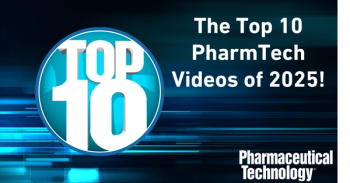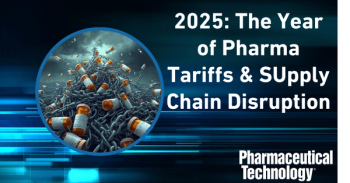
Automation of Clinical Data Key in Meeting Cell and Gene Therapy Demand
Can Cellares deliver on the goal to meet total patient demand for cell therapies globally? CEO Fabian Gerlinghaus discusses.
The number one priority for every early-stage biotech is speed to clinical data. Standardizing processes and regulatory paths are an overarching priority for the commercial cell and gene therapy (CGT) field, as this not only advances timelines, but also encourages further investments. The Office of Tissues and Advanced Therapies (OTAT) at FDA currently lists 35 approved CGT products (1). Clearly this is an amazing success story for saving many lives, but some of these products have a troublesome future commercially, while others have a difficult road ahead in terms of manufacture and mechanical deployment. However, all faced regulatory uncertainty alongside a burdensome filing requirement to become “products”, and all of those that follow (currently numbering into the several thousands) are subject to the same pressures, uncertainties, and requirements.
According to Fabian Gerlinghaus, CEO of Cellares, companies today typically generate on the order of 400 pages of paper-based batch records for every individual patient. “They're writing a book for every single patient. That doesn't scale well,” he says with some exasperation. “Try and do that manually, paper-based, for hundreds of thousands of patients every single year. It's a nightmare. However, our interactions with the FDA have been incredibly positive, and we view FDA as a very collaborative partner.”
Cellares was extended an FDA Center for Biologics Evaluation and Research (CBER) Advanced Technologies Team (CATT) meeting resource. The scope of these gatherings pertaining to advanced manufacturing technologies “focus on novel technologies that can have a significant impact on product development, manufacturing process and control strategies, and may also have regulatory implications. This includes manufacturing and analytical methods for those products or classes of products for which the center has limited experience with the manufacturing or development process” (2).
“FDA understands that they need automation the standardization afforded by this automation, Gerlinghau continues. “Peter Marks has been very outspoken about what we want, what the cell therapy industry needs, is effectively a soda machine where you press the Coca-Cola button and out comes Yescarta, and you press the Pepsi button and out comes Breyanzi. And that is what we have built. And moreover, Congress at this point has actually given directions to the FDA to standardize the processes. The FDA has since implemented this direction from Congress, and they came out with the Advanced Manufacturing Technologies designation, which is really an effort to standardize a cell therapy manufacturing technologies.”
“On the topic of standardization, we talked about the benefits of standardization for the drug sponsors, for the FDA. If there is a manufacturing standard, it means less work, less effort for the drug sponsor to create their regulatory filings and less work for the FDA to review those regulatory filings. If you can just reference a standardized self-manufacturing technology.”
Watch part 4 of our interview with Gerlinghaus below:
References
- FDA.
Approved Cellular and Gene Therapy Products . FDA.gov (accessed March 8, 2024). - FDA.
CBER Advanced Technologies Team CATT . FDA.gov (accessed March 8, 2024).
Newsletter
Get the essential updates shaping the future of pharma manufacturing and compliance—subscribe today to Pharmaceutical Technology and never miss a breakthrough.




